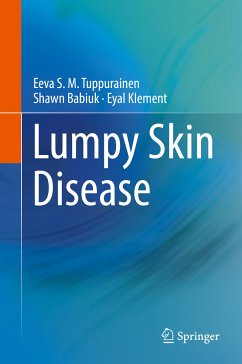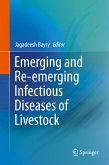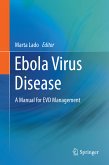This book provides a comprehensive but concise overview on the economically important emerging cattle pox virus derived Lumpy Skin Disease, including the characteristics of causative agent, description of clinical signs in cattle, pathology and histopathology, immunity, geographical distribution, epidemiology and transmission pathways, control and eradication of the disease. In addition the recent developments in vaccination, mathematical modeling and risk assessment are discussed. Lumpy Skin Disease currently spreads aggressively across the Middle and Near East. The first incursion to the European Union territory occurred in Greece in autumn 2015.
The book targets clinicians and field veterinarians in Lumpy Skin Disease affected regions, veterinary authorities as well as advanced students in veterinary medicine and virology.
Dieser Download kann aus rechtlichen Gründen nur mit Rechnungsadresse in A, B, BG, CY, CZ, D, DK, EW, E, FIN, F, GR, HR, H, IRL, I, LT, L, LR, M, NL, PL, P, R, S, SLO, SK ausgeliefert werden.









